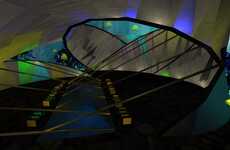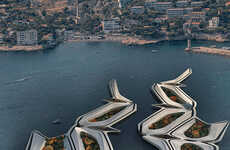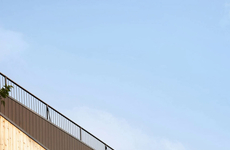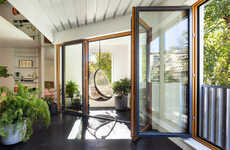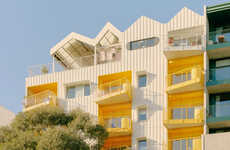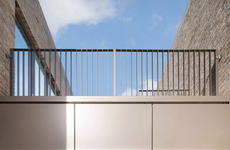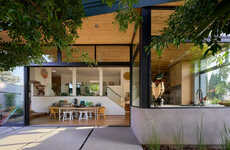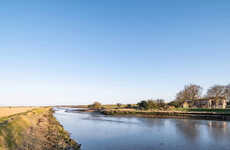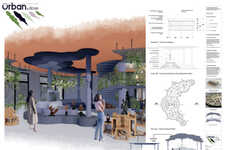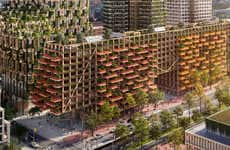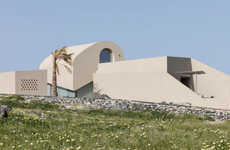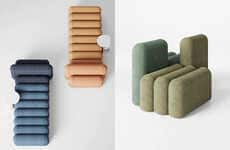
Brahn Smillie-Fearn Consolidates Built & Natural Environments
References: monash.edu
Brahn Smillie-Fearn is a student at Monash University and in the Monash Art, Design and Architecture Student Exhibition, they debut a proposal for greener medium-density developments for regenerative living. Smillie-Fearn's Regenerative Living concept involves "systemic urban regeneration with opportunities to resolve ecological fragmentation with medium density developments." The emerging architect's focus is definitely in alignment with contemporary architectural studios that aim to consolidate the built and natural environments in order to arrive at a harmonious balance between the two.
By focusing on the surrounding urban ecology of the site, Smillie-Fearn envisions "a network of environmental spines to promote ecological circulation paths through a rapidly densifying urban environment." In the architect's vision, the medium-density development will be more open to co-habitation for oth humans and non-humans.
Image Credit: Brahn Smillie-Fearn
By focusing on the surrounding urban ecology of the site, Smillie-Fearn envisions "a network of environmental spines to promote ecological circulation paths through a rapidly densifying urban environment." In the architect's vision, the medium-density development will be more open to co-habitation for oth humans and non-humans.
Image Credit: Brahn Smillie-Fearn
Trend Themes
1. Regenerative Living - Opportunity for architecture firms to develop medium-density developments that promote ecological circulation paths and co-habitation for humans and non-humans.
2. Consolidation of Built and Natural Environments - Opportunity for companies to create sustainable, multi-functional structures that harmoniously integrate the built and natural environments.
3. Green Urban Ecology - Opportunity for urban planners to incorporate environmental spines and other green infrastructure to densify cities while promoting ecological circulation paths.
Industry Implications
1. Architecture - Developing sustainable, multi-functional structures that promote regenerative living.
2. Construction - Incorporating green infrastructure and promoting ecological circulation into the construction of medium-density developments.
3. Urban Planning - Designing urban spaces with environmental spines and green infrastructure to promote densification while preserving ecological circulation.
2.8
Score
Popularity
Activity
Freshness

